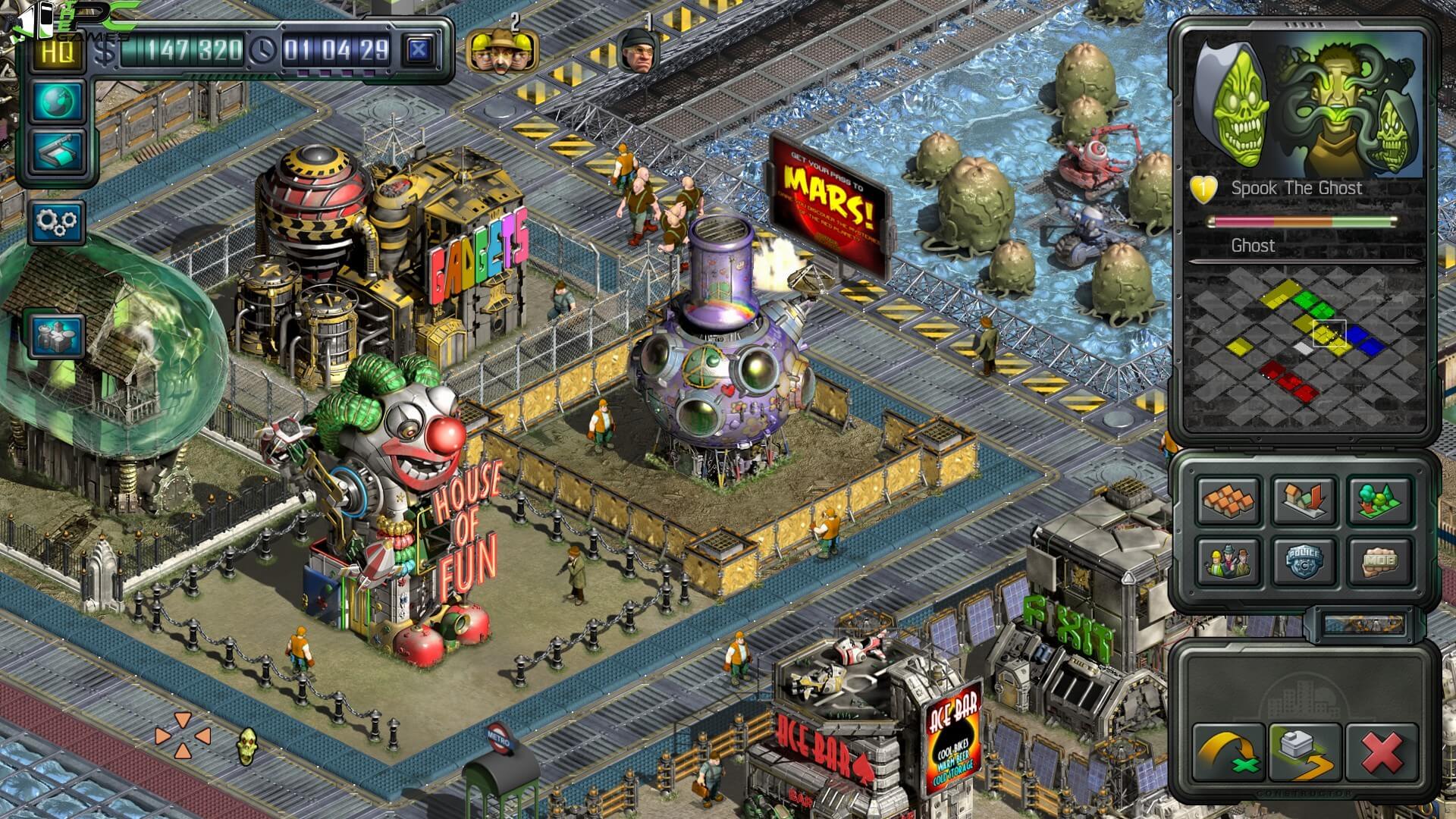

Unique Software Implementationsĭifferent RAMDisk software takes different creative approaches toward the disadvantages of RAMDisks to try mitigate them as much as possible. Some disadvantages can be mitigated through creative implementation and careful indexing, but they’re still present. These advantages and disadvantages should be taken into consideration before creating a RAMDisk. RAMDisks can also drastically increase shutdown time if you are saving to an image on an HDD or SSD for permanent storage if you’re loading that image on startup, it can drastically increase boot time.

The most immediate is decreasing the amount of available RAM to the host system further, in the event of power loss, data on the RAMDisk that has not been backed-up will be lost in shut-down. Because RAM does not wear noticeably from I/O like regular drives do, it can be helpful to people who want to boost performance by using it in a read/write intensive situation, like as a scratch disk for Photoshop or Premiere.īut RAMDisks are not without their fair share of disadvantages. The largest advantage to a RAMDisk is the 100-150x transfer speed boost over HDDs and even ~25x over SSDs (goodbye loading screens!). To put things into perspective: 1866MHz RAM has a peak data rate of approximately 15GB/s, so even matched against the world’s fastest consumer-class SSD (or enterprise-class, for that matter), RAM will far-and-away outperform it.Ī RAMDisk offers quite a few unique advantages and disadvantages. The RAM is still volatile, but builds and maintains an index throughout user-defined intervals in use it will write to an index on non-volatile storage to keep data permanently. In the simplest of terms, a RAMDisk is RAM in a hard drive costume. This can be thought of as the RAM pretending to be an incredibly fast hard drive so you can install non-volatile games/programs on it or make it a scratch disk. A RAMDisk is a virtual drive that uses RAM to store information.


 0 kommentar(er)
0 kommentar(er)
